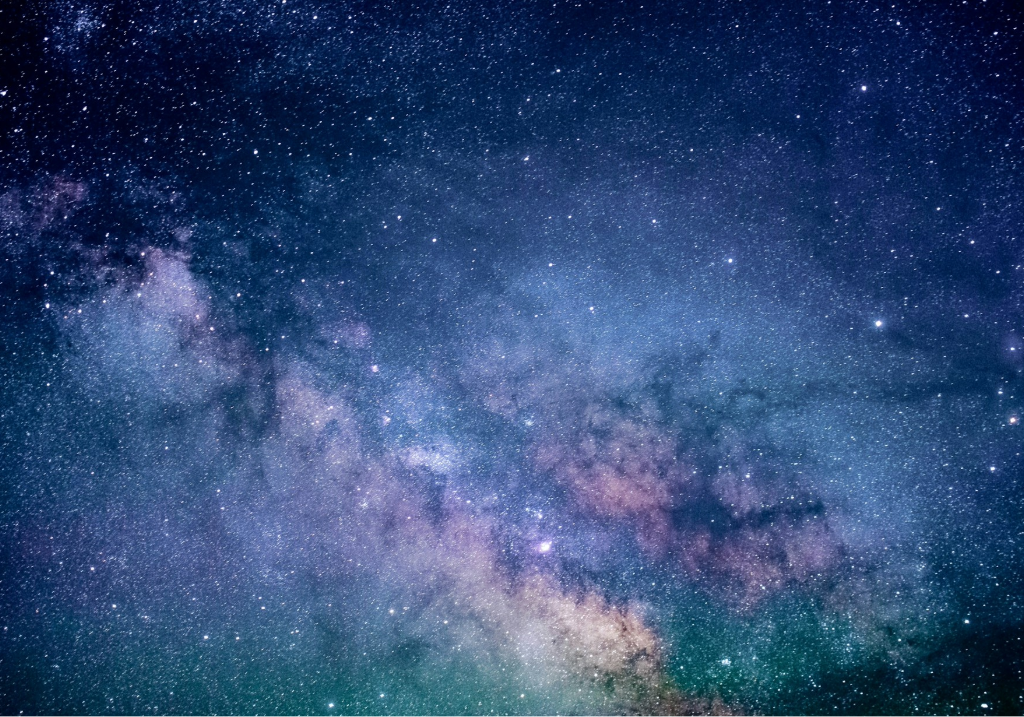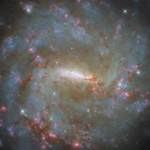Since its launch in 1990, the Hubble Space Telescope has revolutionized our understanding of the universe, capturing breathtaking images and unlocking mysteries that have fascinated humanity for centuries.

Table of Contents
- Introduction
- The Inception of Hubble: A Revolutionary Idea
- Hubble’s Design: A Marvel of Engineering
- Hubble’s Incredible Scientific Achievements
- Hubble’s Servicing Missions: Extending its Legacy
- The Future of Hubble and Beyond
- Conclusion
Introduction
Since its launch in 1990, the Hubble Space Telescope has been a groundbreaking scientific instrument, revolutionizing our understanding of the universe. Operating from a vantage point above Earth’s atmosphere, Hubble has provided astronomers with an unprecedented view of the cosmos, capturing breathtaking images and unlocking mysteries that have fascinated humanity for centuries.
The Inception of Hubble: A Revolutionary Idea
The idea of launching a telescope into space can be traced back to the early 20th century, when scientists recognized the limitations imposed by Earth’s atmosphere on ground-based observations. In the 1960s, the concept gained momentum, and NASA began exploring the feasibility of a space-based observatory. After years of planning and development, the Hubble Space Telescope was finally launched aboard the Space Shuttle Discovery on April 24, 1990.
Hubble’s Design: A Marvel of Engineering
Hubble’s design is a testament to human ingenuity and engineering prowess. Weighing approximately 24,500 pounds (11,110 kilograms), the telescope is a complex system comprising several crucial components.
Optical System
At the heart of Hubble lies its optical system, which includes a primary mirror measuring 7.9 feet (2.4 meters) in diameter and a secondary mirror. This sophisticated arrangement captures and focuses light from celestial objects, enabling Hubble to produce stunningly detailed images.
Pointing and Guidance
Hubble’s pointing and guidance system is a marvel of precision engineering. It employs a complex array of sensors, gyroscopes, and reaction wheels to ensure the telescope remains accurately pointed at its target, even while orbiting Earth at a speed of approximately 17,000 miles per hour (27,000 kilometers per hour).
Data Handling and Communication
Hubble’s data handling and communication systems are responsible for processing the vast amounts of information gathered by the telescope and transmitting it back to Earth. This intricate system includes onboard computers, data recorders, and a high-gain antenna for transmitting data to ground stations.
Hubble’s Incredible Scientific Achievements
Over the past three decades, Hubble has made numerous groundbreaking discoveries that have reshaped our understanding of the universe. Here are some of its most significant achievements:
Unveiling the Expansion of the Universe
One of Hubble’s most profound contributions has been its ability to observe and measure the expansion of the universe. By studying the redshift of distant galaxies, Hubble has provided direct evidence for the Big Bang theory and has helped refine our estimates of the age and size of the observable universe.
Exploring the Formation and Evolution of Galaxies
Hubble’s high-resolution images have revealed the intricate structures and dynamics of galaxies, shedding light on their formation and evolution. From observing galactic collisions and mergers to studying the distribution of dark matter, Hubble has revolutionized our understanding of these vast celestial systems.
Unveiling the Secrets of Black Holes
Hubble’s observations of active galactic nuclei and quasars have provided unprecedented insights into the nature of supermassive black holes. By studying the accretion disks and jets associated with these enigmatic objects, astronomers have gained a deeper understanding of the extreme physics governing their behavior.
Studying the Life Cycle of Stars
Hubble has played a crucial role in unraveling the mysteries of stellar evolution. From observing the birth of stars in dense molecular clouds to witnessing the final stages of stellar death in the form of supernovae and planetary nebulae, Hubble has offered a comprehensive view of the life cycle of these cosmic furnaces.
Hubble’s Servicing Missions: Extending its Legacy
One of the key factors contributing to Hubble’s longevity and continued scientific productivity has been the servicing missions conducted by Space Shuttle crews. During these missions, astronauts performed intricate repairs, upgrades, and replacements of various components, extending Hubble’s operational lifespan and enhancing its capabilities.
The Future of Hubble and Beyond
While Hubble continues to make groundbreaking discoveries, its successor, the James Webb Space Telescope (JWST), is poised to take astronomical observations to new heights. Scheduled for launch in 2021, the JWST will complement Hubble’s observations by studying the universe in infrared wavelengths, enabling it to peer deeper into the cosmos and observe the earliest galaxies formed after the Big Bang.
Conclusion
The Hubble Space Telescope has been a true marvel of human ingenuity and scientific exploration. Its contributions have reshaped our understanding of the universe, inspiring generations of astronomers and captivating the public imagination. As Hubble nears the end of its operational lifespan, its legacy will endure as a testament to humanity’s insatiable quest for knowledge and our endless pursuit of unraveling the mysteries of the cosmos.


